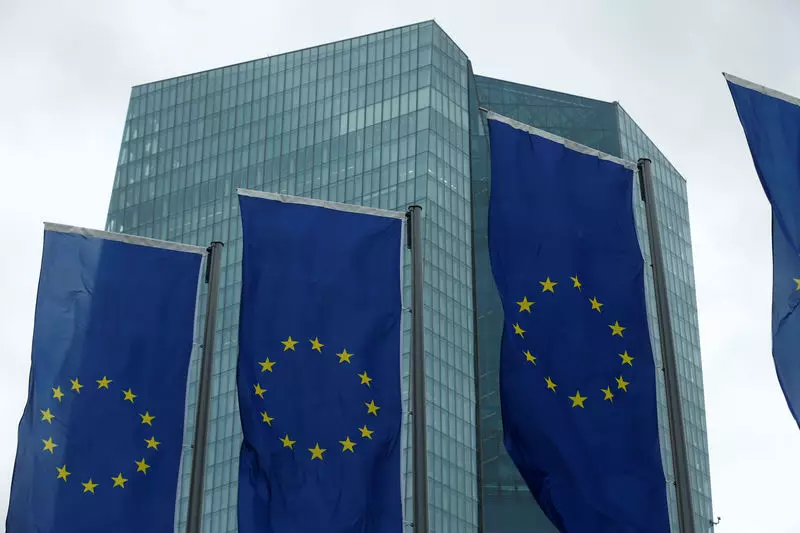The election of President-elect Donald Trump is set to reshape trade dynamics, particularly with the implementation of potential tariffs. Concerns are mounting that a retaliatory trade conflict between the U.S. and the European Union (EU) could ignite inflationary pressures. However, recent insights from Citi economists propose that such tariffs could paradoxically yield deflationary effects within the Eurozone, where economic vigor is already tepid.
Currently, the Eurozone is grappling with sluggish economic growth, which stands to be further hindered by Trump’s anticipated trade tariffs. Economists from Citi assert that even a reciprocal tariff regime would have a minimal impact on the Eurozone’s Harmonized Index of Consumer Prices (HICP). They emphasize that U.S. imports constitute slightly over 10% of total goods entering the euro area, with energy supplies—characterizing a notable portion of these imports—expected to escape punitive tariffs.
Citi’s analysis reveals that a mere 6% of total Eurozone imports stem from the U.S., raising doubts about the broader implications of such tariffs on consumer prices. The interconnectedness of import and inflation dynamics is complex; hence the anticipated impact may be considerably muted.
The proposed 10% tariff on EU goods alongside additional tariffs targeting China, a predominant source of imports for the EU, creates a multi-faceted scenario for the Eurozone’s economy. While these trade moves are expected to dampen growth prospects further—justifying a 0.3% downgrade in GDP forecasts—they are also indicative of potential job losses and wage stagnation in the tradeable sectors. This is particularly crucial for manufacturing, which has already seen its share of difficulties.
On the export front, there’s a dual concern as U.S. tariffs could negatively influence demand for Eurozone goods in both American and Chinese markets. However, it is vital to acknowledge that previous trade tensions under the Trump administration led to observable trade diversions. As the U.S. sought fewer imports from China, the EU found itself in a position to capitalize, raising questions about the long-term equilibrium between tariff policies and trade relationships.
Reflecting on the earlier tariffs imposed during Trump’s first term offers an illuminating perspective on the likely ramifications for the Eurozone. Notably, the surge in Chinese imports into Europe suggests a dislocation in the traditional trade patterns, which may indicate significant disinflationary effects that could arise from a similar escalation in tariff tensions today.
The contemporary economic environment in the Eurozone is particularly vulnerable, as it confronts the dual challenge of external tariff barriers and sluggish internal growth. As markets continue to adjust to new policies, the implications for employment, wage dynamics, and broader economic health are critical areas that warrant ongoing scrutiny.
Ultimately, while the prospect of tariffs generally evokes fears of rising prices and inflation, the particular context of the Eurozone may lead to a very different outcome. The composition of imports, along with the historical patterns of trade and market responses, suggests that the reality may veer towards deflation rather than inflation. As policymakers in Europe navigate these turbulent times, comprehending and anticipating these complexities will be crucial for safeguarding economic stability and growth in the future.

